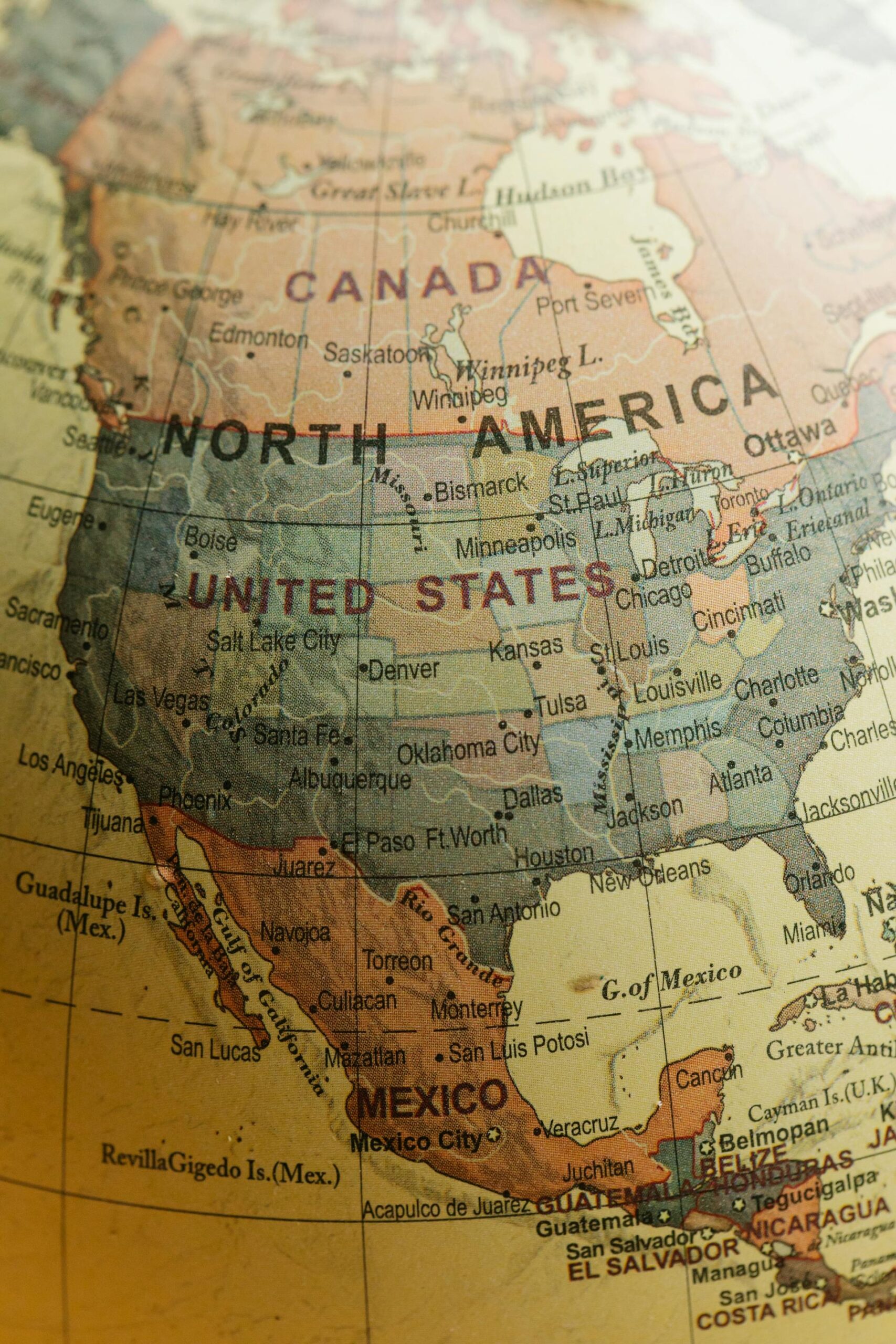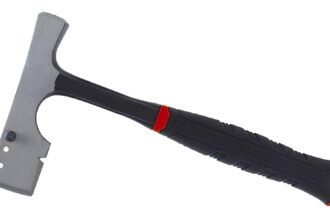Cross-Border Freight to Mexico: What Logistics Businesses Really Need to Know

 Thinking about expanding your freight operations into Mexico? It’s not as simple as plotting a new route on the map. Cross-border logistics comes with its own set of rules, challenges, and expectations, and skipping over the details can lead to costly delays.
Thinking about expanding your freight operations into Mexico? It’s not as simple as plotting a new route on the map. Cross-border logistics comes with its own set of rules, challenges, and expectations, and skipping over the details can lead to costly delays.
Whether you’re just starting to explore the idea or already shipping across the border, there are key things every logistics business needs to understand. Let’s break down what actually matters when it comes to moving freight into Mexico.
Table of Contents
What Makes Cross-Border Freight So Different?
If you’re used to domestic freight, cross-border shipping into Mexico is a whole different beast. You’re dealing with two governments, multiple sets of regulations, and a border crossing process that includes customs inspections, potential security checks, and a system of permits and documentation that can’t be overlooked.
A few critical elements to factor in:
Skipping over or mismanaging even one of these can throw your entire shipment off schedule.
Get Your Paperwork Right—Every Single Time
There’s no way around it: documentation is everything when shipping to Mexico. If one form is missing or incorrect, it can cause your freight to sit at the border for hours or even days.
Here’s what you typically need:
Many companies use third-party customs brokers on both sides of the border. That’s not just a suggestion, it’s often a necessity.
Choose the Right Border Crossing Point
There are over 45 land ports of entry between the US and Mexico, but not all of them are ideal for freight. Some are geared toward passenger vehicles or small loads, while others are built to handle heavy commercial traffic.
Laredo, Texas, is by far the most commonly used port for freight. It handles over 50% of all truck crossings from the US into Mexico. But that doesn’t mean it’s always the best option for you. Depending on where your final destination is in Mexico, other ports—like Nogales, El Paso, or Otay Mesa—may offer more direct routes and faster clearance times.
Before locking in a border crossing, look at:
Optimizing the entry point can trim hours—or even days—off delivery timelines.
Build Relationships With Mexican Carriers and Brokers
US carriers can’t legally operate within Mexico beyond the commercial zone (generally about 20–25 miles past the border). So, you’ll need to partner with a Mexican carrier for the final leg of the journey. And it’s not just about hiring any trucker on the other side. Reliable partnerships with vetted, insured, and experienced Mexican carriers are crucial for protecting your freight and keeping things on schedule.
The same goes for customs brokers. In Mexico, only a licensed Mexican customs broker (Agente Aduanal) can process a pedimento and clear your goods. You’ll likely need to work with a third-party logistics provider or a platform that already has these established relationships, like Cargado, which was founded by Matt Silver. That way, you’re not scrambling to build a cross-border network from scratch.
Know the Risks and How to Reduce Them
Cross-border freight doesn’t come without risks. Theft, delays, and cargo damage are all real possibilities, especially near certain high-crime zones. It’s important to assess and prepare for these risks ahead of time.
Some ways to reduce issues:
Remember, once the freight crosses into Mexico, US laws no longer apply. That’s why proper vetting of your partners is non-negotiable.
Think About the Return Trip, Too
If you’re shipping full truckloads into Mexico, what’s happening on the way back? Empty trailers cost money. One smart move is to look for backhaul opportunities, i.e. freight that needs to come from Mexico into the US.
Even partial loads can help offset costs, especially when fuel prices are high. It also makes you a more attractive partner to Mexican carriers who are constantly looking for return loads to avoid sending trucks back empty. If you’re not planning your return logistics, you’re missing a major cost-saving opportunity.
Don’t Just “Try It”—Plan It
Cross-border shipping isn’t something to dip your toe into. Either you’re committed to doing it right, or it’s going to go wrong. Build a detailed plan, vet your partners, and make sure everyone involved understands the cross-border process.
If you’ve been thinking about expanding into Mexico, start by talking to people who are already doing it well. Learn from them. Use established platforms with cross-border infrastructure in place. It might cost more upfront, but it’ll save you in the long run.
Get your paperwork straight, your partnerships stronger, and your routes dialed in. That’s how you make Mexico freight work; not just once, but consistently.






